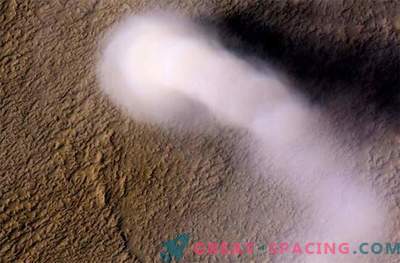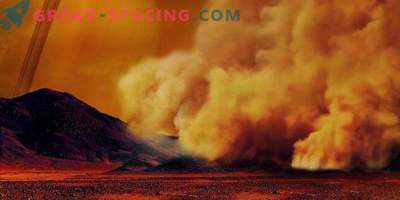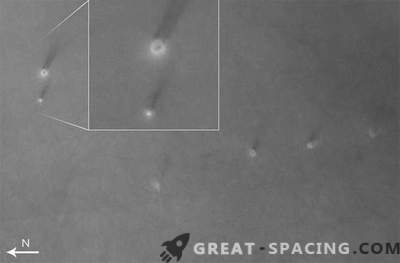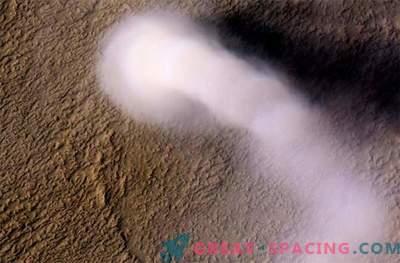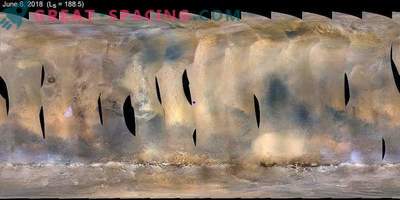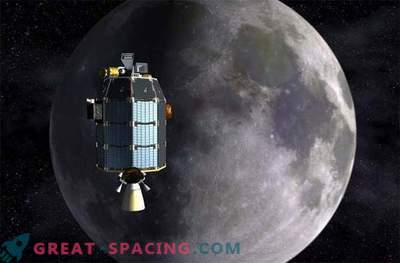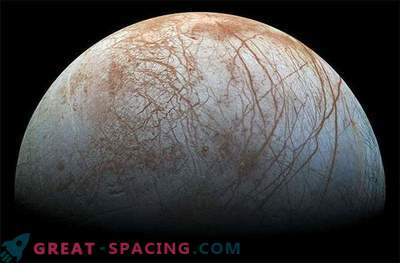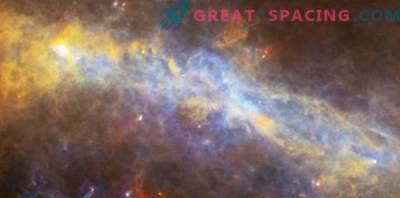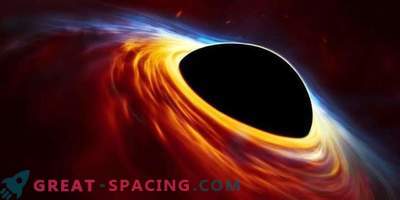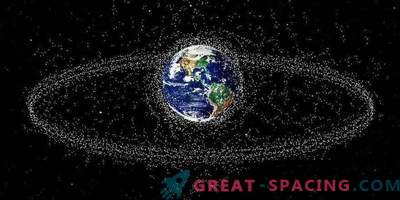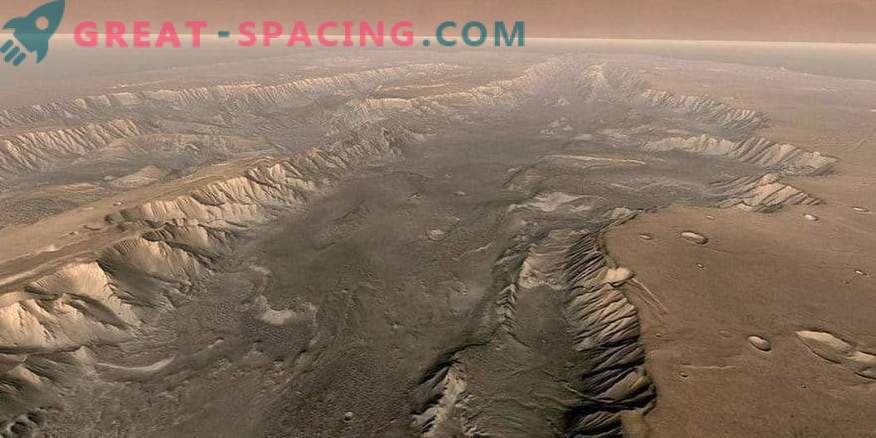
Two large dust storms in two weeks, each of which covers a territory larger than the United States, cause scientists to reflect on the atmospheric dynamics of Mars.
Last week, researchers were surprised to notice the second regional dust storm on Mars, which was formed two weeks after the same event.
The Mars Reconnaissance Orbiter (MRO) showed how formed storms in the region of Asilalia in the north of Mars moved to the southern hemisphere and expanded to sizes larger than the United States. Although this way looks familiar, the frequency of education was a surprise.
“Now we are trying to understand the Martian weather,” said the chief scientist of the Mars program from NASA's Jet Propulsion Laboratory, Richard Zurek.
One of the secrets is focused on the scale of the storms. There are many local storms, some of which are becoming more regional. But there are fewer, which, when enough dust enters the atmosphere, develop into global ones.
Up to this point, scientists have seen that global dust storms, as a rule, formed in spring and summer in the southern hemisphere, when Mars is located closest to the Sun and there is maximum heating to generate winds. The orbit changes every 100,000 years. Therefore, in earlier times, when the elliptical orbit of Mars substituted other parts of the planet for heating, dust formation occurred in a different way. But scientists do not know exactly how true the assumption is. Only the smallest dust particles rise into the high atmosphere. Sometimes large particles accumulate along the surface and displace smaller ones. Global dust storms have occurred several times since NASA observed the planet. One of the famous examples is the dust storm of 1971, which raged when Mariner 9 rotated in orbit. Scientists watched the tops of volcanoes, looking out above the clouds, but no more. The last global storm occurred in 2007.

Two 2001 photos taken by Mars Global Surveyor show a dramatic transformation of the planet’s face when the turbidity caused by a dust storm in the south has become global.
While Martian dust dominates the lower atmosphere, dust from other sources (such as the moons of Phobos and Deimos) touch the upper part. The new model, based on observations of the NASA Mars Atmosphere and Volatile Evolution Mission (MAVEN), suggests that most of the dust comes from interplanetary sources.
“It was discovered that the flow rate on Mars dominates (by 2 orders of magnitude higher) by interplanetary particles over the dust formed on satellites,” say Jayesh Pabari and PJ Bhalodi in a new article. - “It is assumed that dust at high altitudes of Mars may be interplanetary in nature. And our expectations meet the results of MAVEN. ” Zurek said that scientists were tracking dust and noted a surge when comet McNaught was approaching the planet in October 2014. The spacecraft discovered a special type of dust - magnesium, which ionized when it fell into the atmosphere, creating the aurora.
But at the top heights the dust does not affect the climate much. Sometimes particles sow clouds and that's it. Zurek added that the effects could be different in the distant past, when more asteroids traveled around the solar system.
Recent press reports have suggested that a dust ring may form around Mars. Zurek says that there is no evidence that it exists, as, for example, in Jupiter.
“We have not yet been able to detect it, but we continue the search,” he says with a smile.


